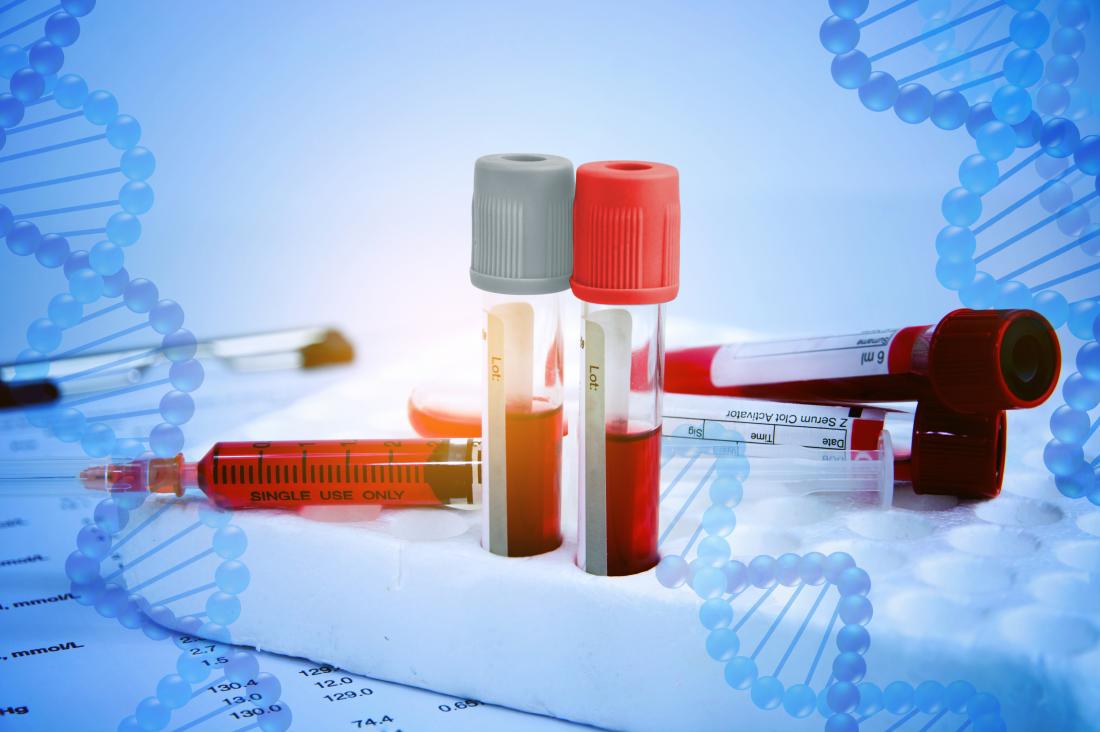The Difference Between Cure and
Other Treatment Outcomes
The word “cure” is one of the most common words used in medicine and one that
can be confusing to patients redshiftdaily. Doctors often use terms like remission and recovery to
describe treatment outcomes, but the term “cure” has its own specific meaning.

A cure is a way to end or remove a disease, disorder or injury. It can involve a
medication, surgery, a change in lifestyle or even a philosophical mindset that helps
you put an end to your suffering.
When we think about cures, it’s tempting to imagine a single magic bullet that will
eliminate any and all symptoms of illness or injury and restore the person to full
health. But the truth is that there are many different types of cures and they vary
widely in effectiveness.
In some cases, a cure can be very simple and effective. In others, it can be a
complex and difficult process. In any case, it’s important to know the difference
between a cure and other treatment outcomes so that you can make informed
decisions about your care.
Cure, Remission and Recovery
A cure is the ultimate goal of medical treatment. It can be a long process to achieve,
but it’s one that can result in improved health and well-being.
For example, it’s possible to cure a disease by altering the genetic makeup of cancer
cells so that they can turn into immune cells that attack cancer. This method of
curing cancer is called gene therapy.
Scientists have made a number of breakthroughs in this area, including the
development of treatments that can turn healthy cells into cancer-fighting cells or
genes that can turn off cancer genes. This approach has the potential to
revolutionize how we treat many diseases.
However, it’s not uncommon for drugs to work at first and then stop working or for
cancer cells to become resistant to the treatment. This happens because cancer
cells are more likely than normal cells to mutate, or change their genetic makeup, as
they grow.
Some experimental medicines show initial promise in clinical trials but are ultimately
discarded by drug companies for reasons beyond their control. They may have been
deemed too expensive or they may not have a commercial value that would be
profitable to drug companies.
It’s also possible that a cure can be created by tweaking existing drugs, especially
those that are already FDA-approved. These are known as repurposed therapies, and
they have the potential to change the lives of people with rare diseases.
Besides finding a cure for diseases, scientists are also working on preventing and
treating infections. Infectious diseases are caused by microscopic organisms that
enter the body, multiply and cause health problems. Infections are a leading cause
of illness and death in the United States, and they can lead to a range of conditions
that can impact quality of life.
The goal of curing infectious diseases is to reduce the rate at which people get sick
and die from them. This is a daunting task, and it’s one that will require a lot of
research and funding. But the progress we’ve made so far is a start. The eradication
of polio, for instance, is a good example of how effective and efficient this type of
approach can be.
